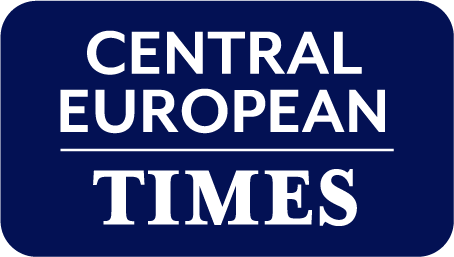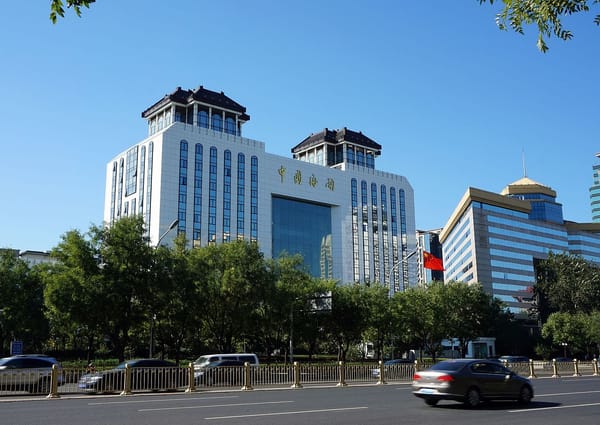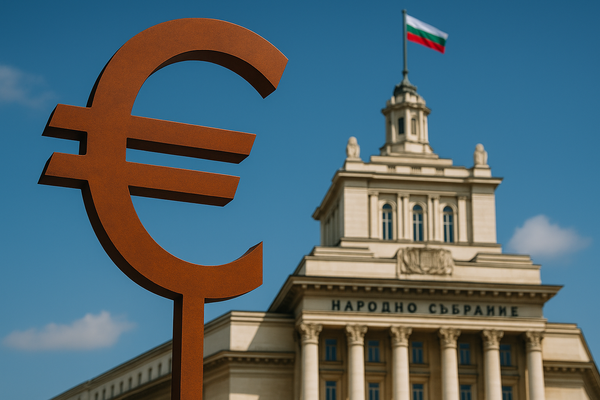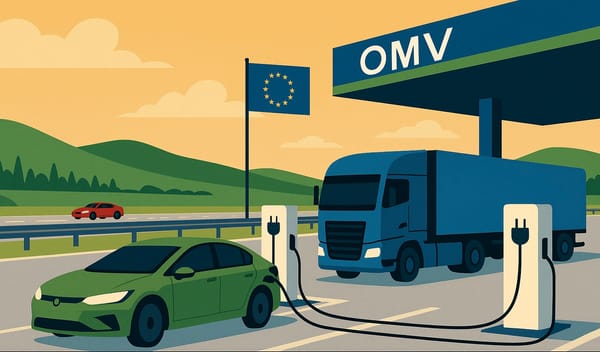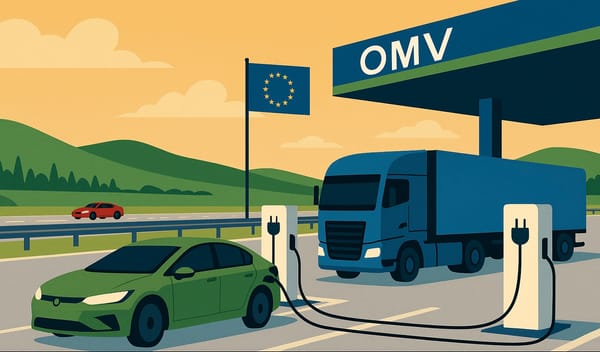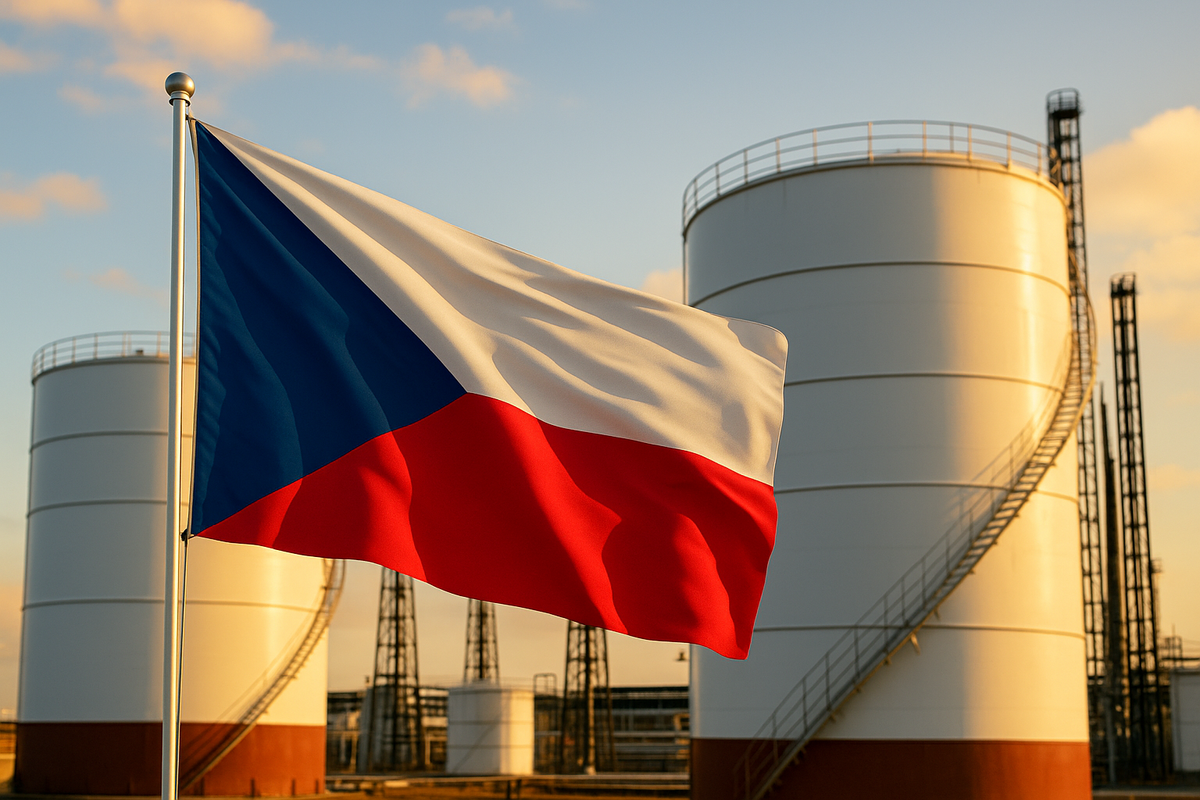
Czechia delinks from Russian oil after 60 years
Czechia has halted imports of Russian crude oil delivered via the Druzhba pipelinefor the first time in 60 years, Czech Prime Minister Petr Fiala announced in mid-April.
The milestone was enabled by the expansion of the Transalpine Pipeline (TAL), which connects the Italian port of Trieste to Austria and Germany, and now supplies Czechia’s .
TAL now has the capacity to deliver up to 8mn tonnes of oil annually, following technical upgrades completed under the TAL-Plus project. This includes enhancements to pumps and flow systems that increased throughput by 4mn tonnes per year.
Czechia has been connected to TAL since 1996, but continued relying on Druzhba due to the lower cost and stable supply of Russian Urals crude. Prior to the recent switch, Druzhba accounted for 50–60% of national supply, with TAL covering the remainder.
The country accelerated its diversification efforts after Russia’s full-scale invasion of Ukraine in 2022 and the introduction of EU sanctions.
Czech refineries complete technical transition
Czechia’s largest refinery, Livinov, successfully transitioned from Russian Urals to non-Russian blends following testing in 2023. In April 2025, it began refining Norwegian crude. Alongside it, the Kralupy refinery, also operated by ORLEN Unipetrol, now runs exclusively on non-Russian oil.
Both facilities have been upgraded to allow processing of a wider range of crude types, ensuring operational resilience and energy security. To maintain sanctions compliance, Czech importers including MERO CR and ORLEN Unipetrol now source oil from certified non-Russian producers. European authorities monitor incoming shipments at the Trieste terminal.
Cost and infrastructure implications
The shift away from Russian crude has come at a financial cost. In April 2025, Urals crude was trading at USD 52.76 per barrel, while Brent is priced at about USD 65.94, a premium of around 25%.
Czechia pays approximately USD 13-14 more per barrel for alternative sources. However, the government began adapting its refineries following Russia’s annexation of Crimea in 2014, spreading investment costs over time. The TAL system expansion cost EUR 400mn, with Czechia’s contribution estimated at EUR 60–70mn.
Hungary and Slovakia retain exemptions
While Czechia has renounced its exemption from EU sanctions on Russian crude, neighbouring states remain reliant.
Alongside Czechia, Hungary, Slovakia, and Bulgaria received exemptions from the sanctions, allowing these countries to either export oil products containing Russian crude oil or import Russian crude oil.
Hungary still imports around 70% of its oil from Russia via Druzhba. Although it signed a deal to import 2.1mn tonnes via Croatia’s JANAF pipeline, the alternative faces capacity issues and high transit fees.
Slovakia imports roughly 60% of its crude from Russia, with Slovnaft refinery continuing to process predominantly Russian blends. In July 2024, Ukraine imposed sanctions on Russian firm Lukoil, halting oil transit through Ukrainian territory and disrupting around 40% of Slovnaft’s supply.
Slovak Prime Minister Robert Fico criticised the move and threatened retaliation, including reducing aid for Ukrainian refugees, suspending emergency electricity supplies and vetoing EU financial support for Ukraine. None of these measures have been enacted to date.
Instead, Slovnaft launched a EUR 200mn investment plan to upgrade its processing capabilities by 2027 and requested extensions to EU exemptions on Russian crude. The EC found no immediate threat to the EU's oil supply security and expressed frustration with Hungary and Slovakia's continued dependence on Russian oil.
Bulgaria’s Neftochim refinery, meanwhile, ceased processing Russian crude in March 2024 following a government order. Sofia imposed a 60% tax on profits and banned exports of refined Russian-derived products. The measures prompted Lukoil to consider selling its Bulgarian subsidiary, with Hungary’s MOL and Kazakhstan's KazMunayGas emerging as possible buyers.
EU prepares full phase-out roadmap
According to Eurostat, Russian petroleum oil imports to the EU fell to 10% of their 2021 volume by Q4 2024 accounted for just 13% of their 2021 value. Russia no longer ranks among the EU's top seven oil suppliers.
The leading partners in 2024 were the US (16.1%), Norway (13.5%) and Kazakhstan (11.5%), with the latter registering the largest increase.
EC President Ursula von der Leyen announced on April 24 2025, that the EC will present a roadmap to end all Russian fossil fuel imports. Due by May 6, the roadmap will include bans on new gas contracts and mechanisms to exit existing agreements without penalties. The EU aims to end all imports of Russian fossil fuel by 2027.
